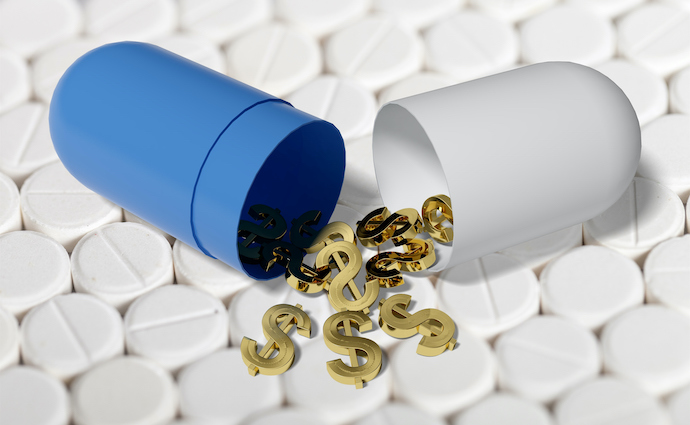OIG: CMS Should Promote Biosimilars To Reduce Part D Spending
Biosimilars could be key to reducing Medicare Part D spending, but utilization would have to increase for significant savings to be realized.

Source: Getty Images
- Policymakers should consider increasing access to and promoting the use of biosimilars and monitoring trends in biosimilar coverage in order to bring down Medicare Part D spending, the Office of Inspector General (OIG) recommended.
“A biosimilar is a lower cost biologic that is highly similar to an existing biologic approved by the Food and Drug Administration (i.e., the biosimilar's "reference product”),” the OIG study explained.
“Although a limited number of biosimilars are currently available for Part D covered reference products, multiple biosimilars for Humira—the best selling prescription drug in the world—are expected to be available in 2023, thereby presenting an opportunity to significantly decrease Part D drug costs.”
Researchers from OIG assessed data on Medicare Part D spending on biosimilars along with biosimilar utilization patterns from 2015 to 2019.
The study showed that biosimilar utilization and spending grew from 2015 to 2019.
While all four of the biosimilars that the study tracked saw an increase in utilization over the five-year timeframe, only one type of biosimilar (filgrastims) saw higher utilization than its reference product, growing from three percent utilization to 62 percent utilization. The utilization of the other three types of biosimilars did not exceed 16 percent by 2019.
Filgrastims were also an anomaly in the speed of adoption. Within a year of first entering the market, filgrastims utilization rose 19 percentage points from 3 percent to 22 percent. Epoetin alfa biosimilars were the runner-up, reaching 12 percent utilization after their first year on the market.
Biosimilars cost Medicare Part D less than their reference products. On the higher end of these savings, the biosimilar pegfilgrastim costs $2,109 less than its reference product. On the lower end, the filgrastim biosimilar cost $459 less than its reference product.
Out-of-pocket healthcare spending on biosimilars was lower than for reference products. For pegfilgrastim, beneficiaries paid $159 less for the biosimilar than the reference product, while for filgrastim beneficiaries paid $15 less.
Biosimilar spending rose with the utilization trend, starting at $1.7 million in 2015 and hitting $60.8 million in 2019. But by the end of the study timeframe, biosimilar spending only consumed 13 percent of Medicare Part D spending on biosimilar and reference products altogether. Also, prescribers prescribed biosimilars at one-fifth the rate that they prescribed reference products.
The researchers indicated that if growth in biosimilar utilization had been higher, overall Medicare Part D and beneficiary spending could have been significantly lower during the study timeframe. Part D gross spending on biosimilars and reference products could have been 18 or 31 percent lower depending on the rate of increased biosimilar utilization.
Likewise, out-of-pocket healthcare spending for biosimilars and reference products might have dropped by 12 to 22 percent depending on the biosimilar utilization rate.
"In both estimates, the largest spending reductions would have come from increased utilization of the biosimilar for epoetin alfa,” the researchers noted. “Epoetin alfa products were widely used in Part D in 2019, but use of the biosimilar was low compared to use of its more expensive reference product.”
Despite these potential savings, the study found that almost four out of ten plans that covered an epoetin alfa reference product (38 percent) and a little under a third of formularies that covered pegfilgrastim (32 percent) did not cover these products’ biosimilars.
Plan formularies can use tier placement and utilization management tools to promote biosimilar utilization, but very few plans chose to do so during the study timeframe.
“To further promote the use of biosimilars now and help ensure that the program is poised to capitalize on potential future savings, CMS can encourage Part D plans to use formularies designed to increase the use of biosimilars and CMS can monitor Part D plans’ treatment of biosimilars to identify future areas of concern,” OIG recommended.
OIG suggested that CMS use a demonstration project or another approach to promote biosimilar utilization among Medicare Part D plans. CMS could also track formularies to curb any formulary’s discouragement of biosimilar utilization.
Outside of the public payer realm, employers are also starting to recognize the power of biosimilars and their role in championing and educating themselves on these products.
Payer organizations have made their own recommendations to federal overseers regarding how the government can better promote biosimilar utilization.
All of these efforts may take on a new sense of urgency as catastrophic Medicare Part D spending escalates.
